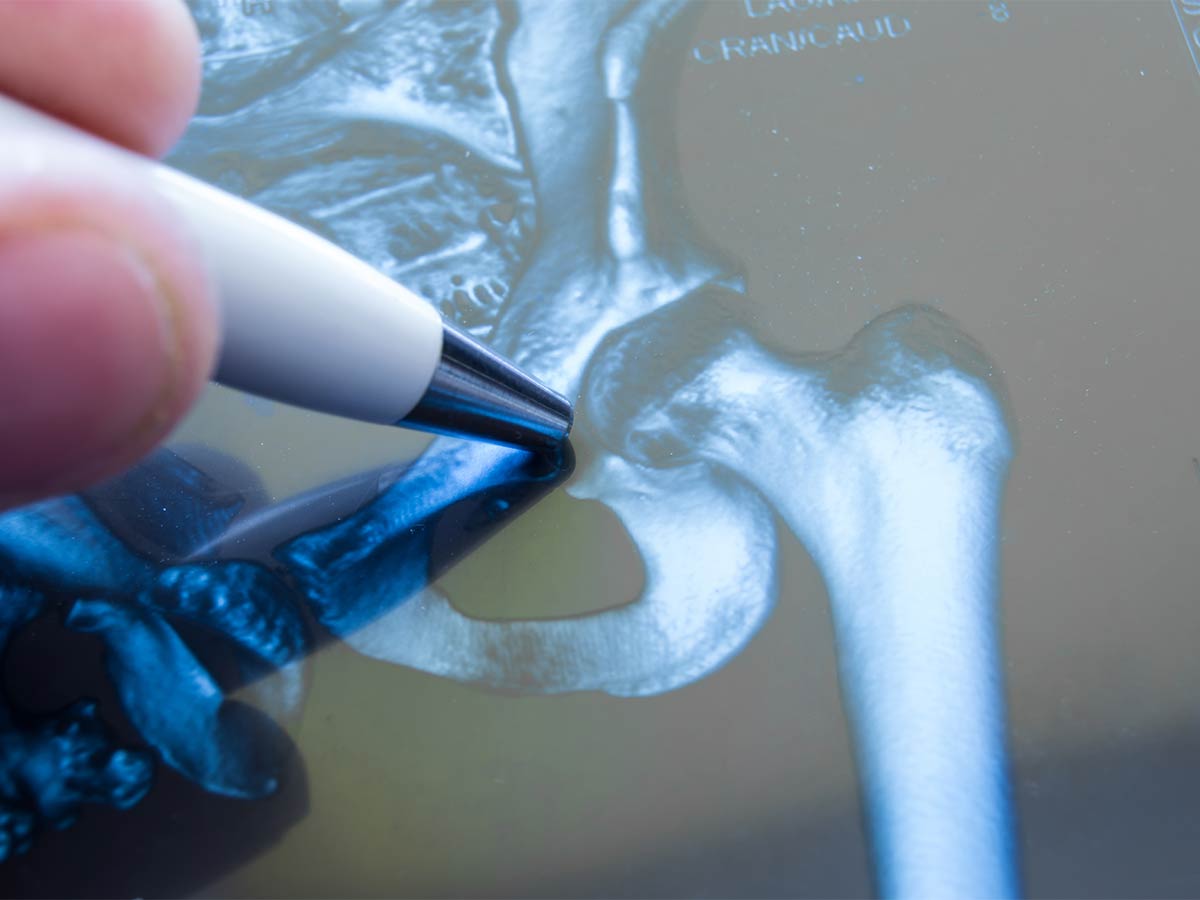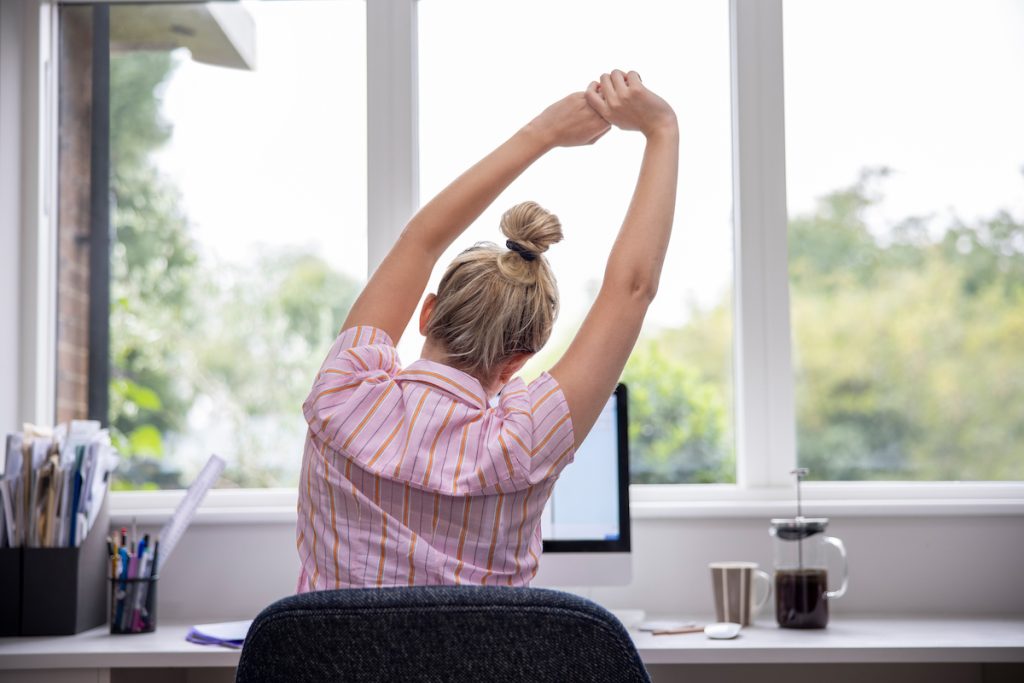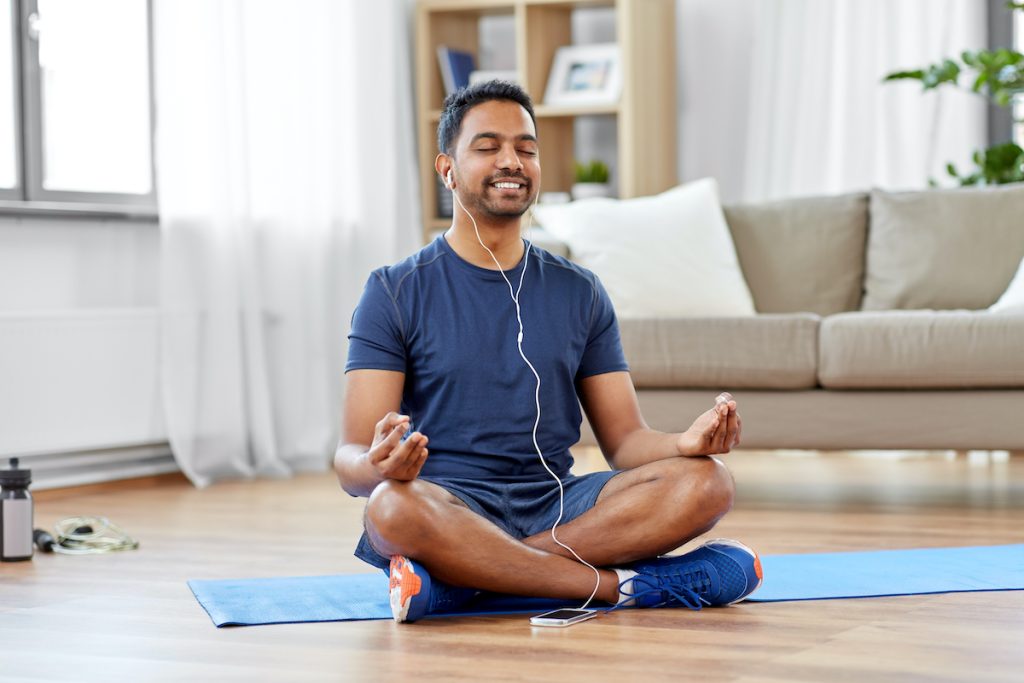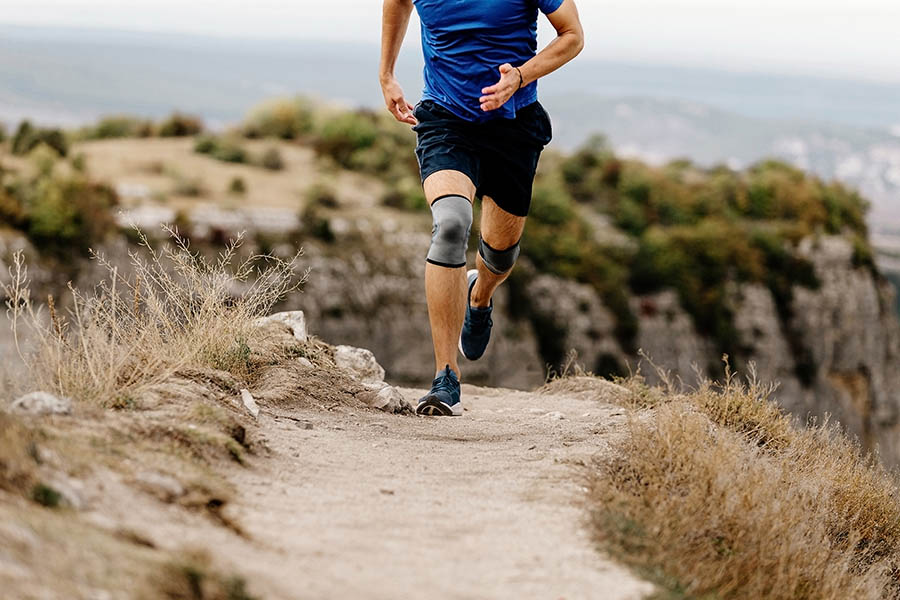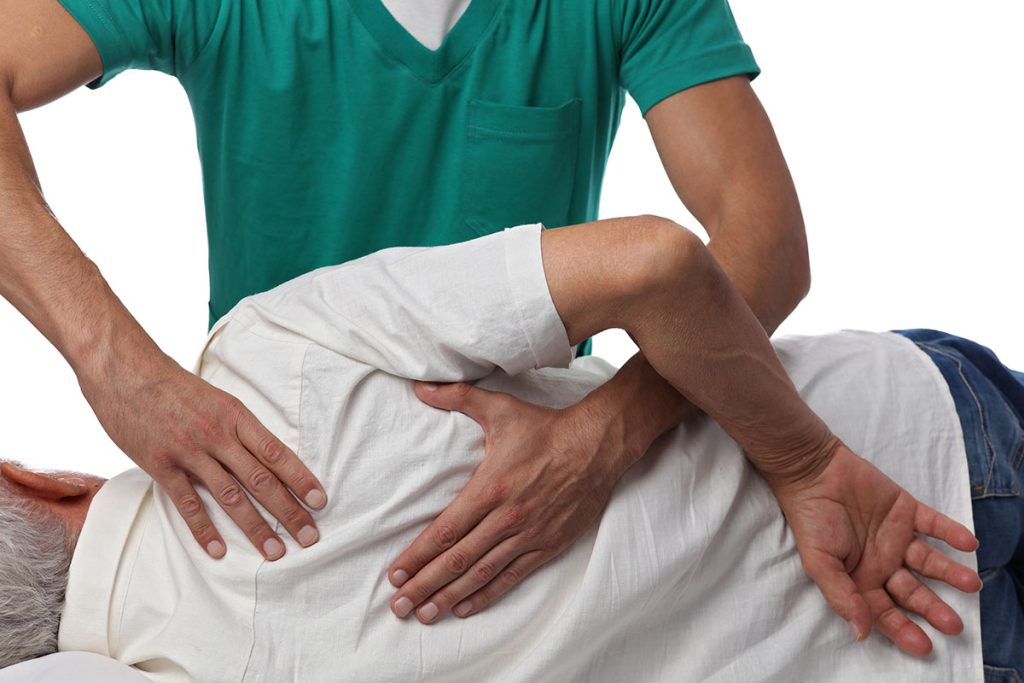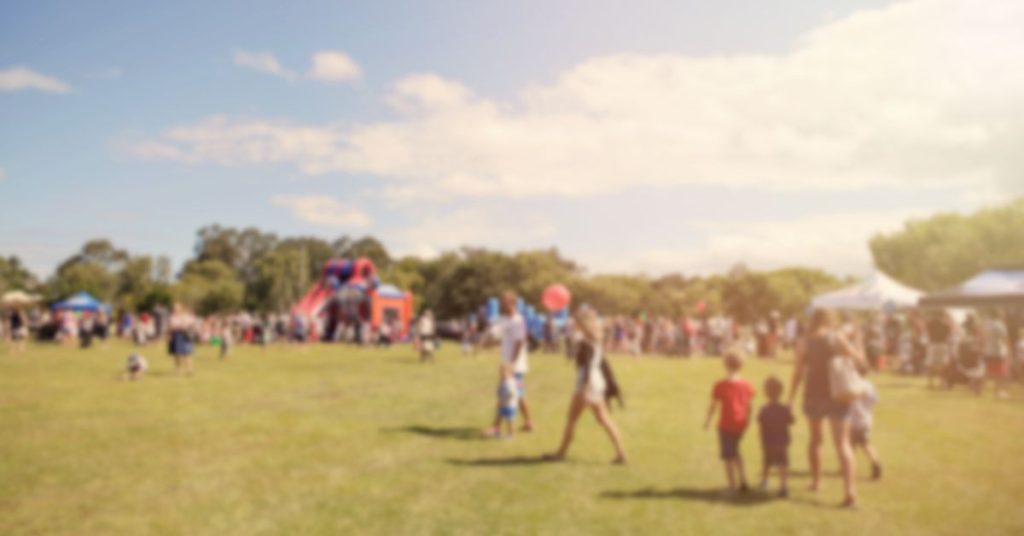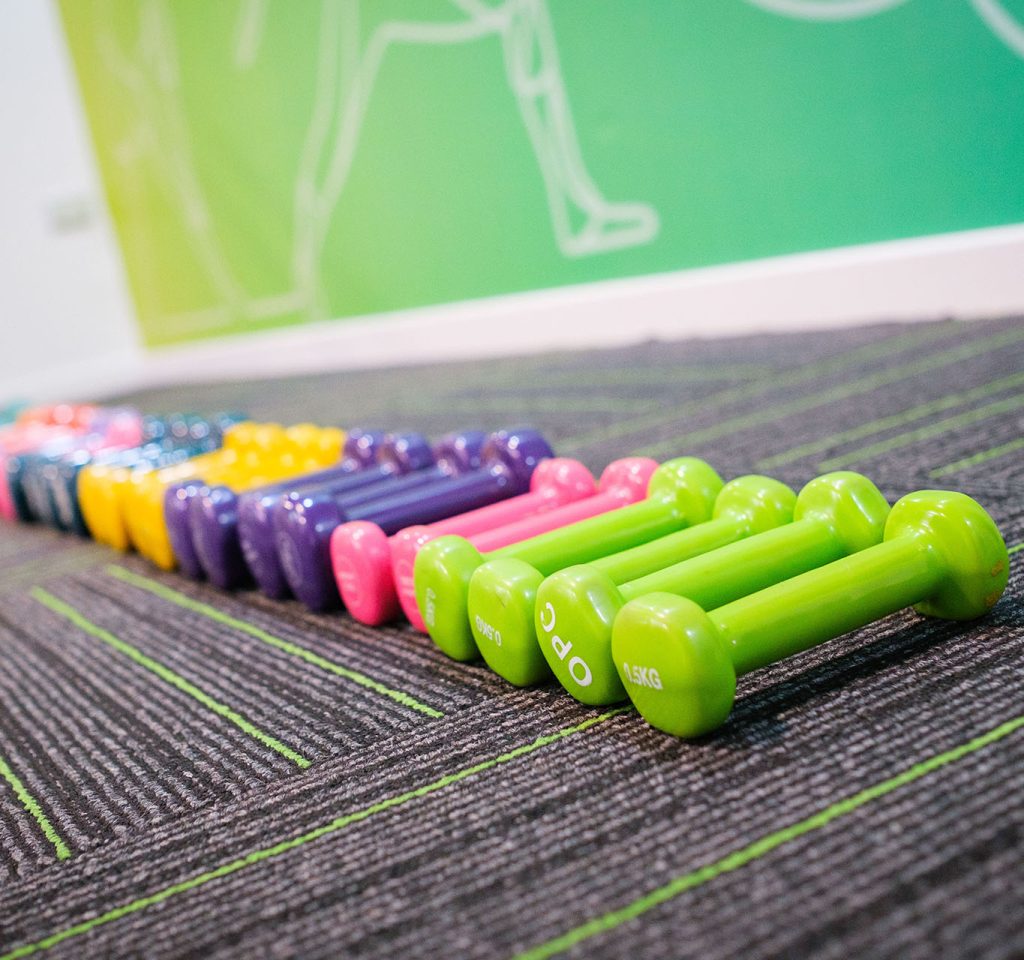Do you experience pain on the outside of your hip? Do you feel aching when you get up from a low seated position? Or perhaps standing for long periods of time causes hip pain to flare.
If these symptoms sound familiar, you could be suffering from Hip (Trochanteric) Bursitis and could benefit from Physiotherapy. Keep reading to find out more about this injury.
What is it?
A bursa is a small sack of fluid that helps reduce friction to tendons which cross over bony surfaces throughout the body. Bursitis refers to a bursa which has become inflamed.
Hip (Trochanteric) bursitis occurs over the greater trochanter (a bony prominence on the outside of the upper thigh bone). Muscles such as the gluteus medius and gluteus minimus (muscles of the hip) attach onto the greater trochanter through tendons, and there is a bursa under these tendons (trochanteric bursa). If there is too much friction or compression under these tendons, the bursa becomes inflamed and painful.
What causes it?
Hip (Trochanteric) bursitis is caused by repetitive rubbing of the tendons over the bursa. Alternatively, excessive compression can aggravate the bursa causing it to become inflamed. Biomechanical factors, such as a difference in leg length from right to left, or weak gluteal muscles, can contribute to the onset of trochanteric bursitis.
Other contributing factors may include:
- A sudden increase in exercise regime
- Habitually crossing legs when sitting
- An underlying calcium deposit
- Direct trauma (e.g. falling onto the hip)
- Poor footwear
- Side sleeping on hard surfaces
Hip bursitis is more common in females (especially older females), due to having naturally wider hips which result in greater potential for friction or compression as described above. It is particularly common among post-menopausal women (predominantly due to the associated lower estrogen levels).
Common symptoms
You may feel a dull ache or a sharp pain localised to the outside of the hip. In some circumstances, it may refer further down the leg. Symptoms can be aggravated by lying on the affected side, walking, or going up stairs.
You may also experience pain upon rising from a low chair, when you cross your legs while sitting, standing for lengthy periods, or after extended rest.
How long does it take to get better?
It can take anywhere up to six weeks to fully resolve with treatment. It may take longer (>3months) to correct the primary cause of the injury and to help prevent recurrence.
How do we get it better?
Commonly, activity modification plays an important role in easing symptoms. That is, your therapist will advise you on certain activities to avoid, or to do differently in order to decrease the aggravation of the bursa.
Manual therapy may be used to facilitate recovery. This may include soft tissue release techniques such as massage, trigger point therapy or dry needling.
There is usually an aspect of strength which needs to be either established or regained to aid in recovery or to prevent recurrence. Your therapist will advise on any exercises which are required.
Are you experiencing pain in your hip? Therapy with one of the highly trained professionals could help revitalise your body. Contact us today to discover how our services can help you live a life free from pain. BodyViva is a multidisciplinary clinic specialising in physiotherapy, podiatry, acupuncture, remedial massage and pilates.


